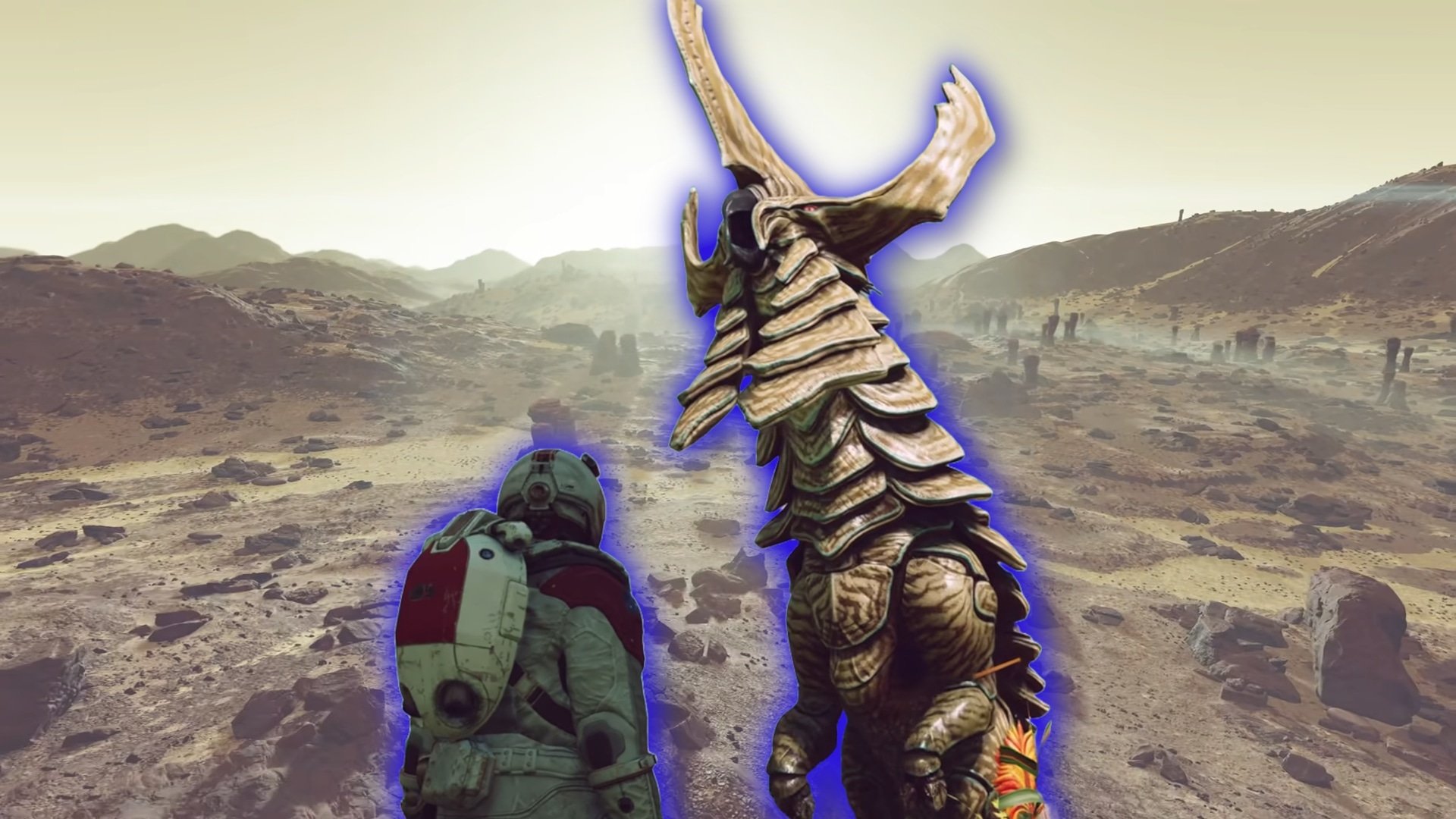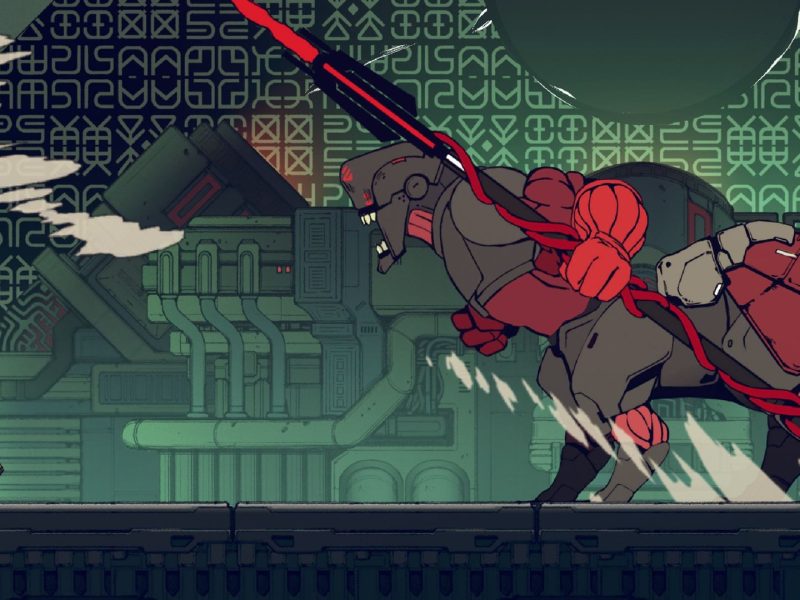Starfield devs say “there is always more you wish you could do”
There has been a fair amount of discussion about Starfield’s planets. One negative review — presumably not from the Starfield player who surveyed every possible planet — prompted one Starfield dev to respond that empty planets are “not boring”, just “empty by design”.
In an Xbox Wire interview, however, two devs have explained the enormous amount of work that went into Starfield’s alien life. Along with Combs, lead character artist Ben Carnow and lead tech artist Felipe Nogueira discussed how planet data helped decide what creatures and plants might be on each planet, how they figured out what the creature populations on these planets might be and what biomes they might inhabit, and the archetypes behind the creature types.
“We created interesting, engaging, and visually impressive fauna on hundreds of worlds that interact with the player and each other in interesting ways. I would say we got close to what we wanted,” Combs says. “There is always more you wish you could do – I still wish you could tame the creatures and build a zoo or have a pet Ashta follow you around, for example.”
It’s an interesting look into the amount of thought that goes into populating a game with this many different worlds. “When placing creatures, there was thought put into which creatures made the most sense for which world: hard armored crabs might make sense for harsh, marshy worlds, for example. A big part of the process was if the creature looked right on a certain planet… But they are also alien worlds, so sometimes you want a creature that looks alien.”
According to Carnow, the design process was extensive. “We considered creating a library of creature parts that could be mixed and matched to produce a variety of life early on in Starfield production. However, we discarded the idea because it could not produce the fidelity of creatures we wanted. A mix and match system can produce some cool and unexpected results, but it tends to work better in more stylized games. So, every one of the close to 200 creatures in Starfield was built as a unique piece of art, and nothing is piecemeal.”
On top of what the creatures looked like and where they might be found, the devs also had to figure out how they’d react to human explorers as well as other species. “We have different behavior sets, combat styles, and attack and defense mods we assign to each creature. The biggest difference is between predators and prey. The body type and visuals were helpful for determining which creature behaviors to assign. For example, an aggressive-looking spider with fangs would make more sense visually as a predator, while a more docile pig-like creature would make more sense as prey. Larger creatures were made tougher, and if they looked like they had natural armor, there was a better chance of them being assigned a higher damage resistance.”
Whatever your thoughts on the game’s exploration options, that huge ambition behind Starfield is one reason why the game remains one of the best RPGs on Xbox.


